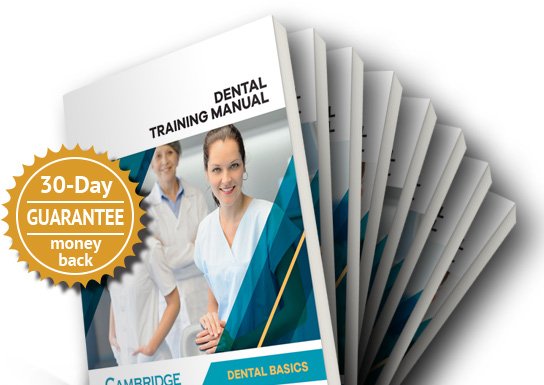Dr. O's Dental Consultant Coding Info
D2950 Buildup vs. D2949 Foundation
Many dentists routinely remove all existing filling from a tooth when they do a crown prep. This can leave irregularities, undercuts, divots. The dentist then places a material to fill in these irregularities, so the final shape of the prepared tooth is "ideal". This is often confused with a D2950 buildup, which is a similar procedure but is done for a very different reason.
A new CDT code (D2949) was implemented in 2014 to help eliminate some of this confusion, help providers properly code this service, and submit claims using the procedure codes that most accurately reflect what they performed.
D2950 - Core Buildup
- Descriptor was changed in CDT 2014; it was simplified to clarify the purpose and intent of a buildup.
- CDT 2014 descriptor: "Refers to building up of coronal structure when there is insufficient retention for a separate extracoronal restorative procedure."
- There is no longer a reference to "tooth strength" in the descriptor.
- In other words, the purpose of a buildup is to help hold the crown on when there is not enough tooth structure left to hold the crown on.
- In other words, if a buildup is not done, then the crown would not stay on.
- The CDT 2014 descriptor also states "A core buildup is not a filler to eliminate any undercut, box form, or concave irregularity in a preparation."
- It is not appropriate to use this code for fillers (see D2949) or bases (included in restorative procedure itself).
D2949 - Restorative Foundation
- New code in CDT 2014.
- CDT descriptor: "Placement of restorative material to yield a more ideal form, including elimination of undercuts."
- This procedure is what many dentists were previously doing, but incorrectly submitting as a D2950 buildup.
- Describes a procedure where restorative material is placed in the tooth for purposes other than helping the new crown stay on.
- These situations might include:
- Blocking out undercuts so impressions are easier to take.
- Filling in voids in the prep.
- Eliminating a box form.
- Filling in a concavity.
- Making the shape of the prepped tooth more "ideal" in contour, i.e. a shape similar to how a crown prepped tooth would look on a healthy non-decayed non-restored tooth.


